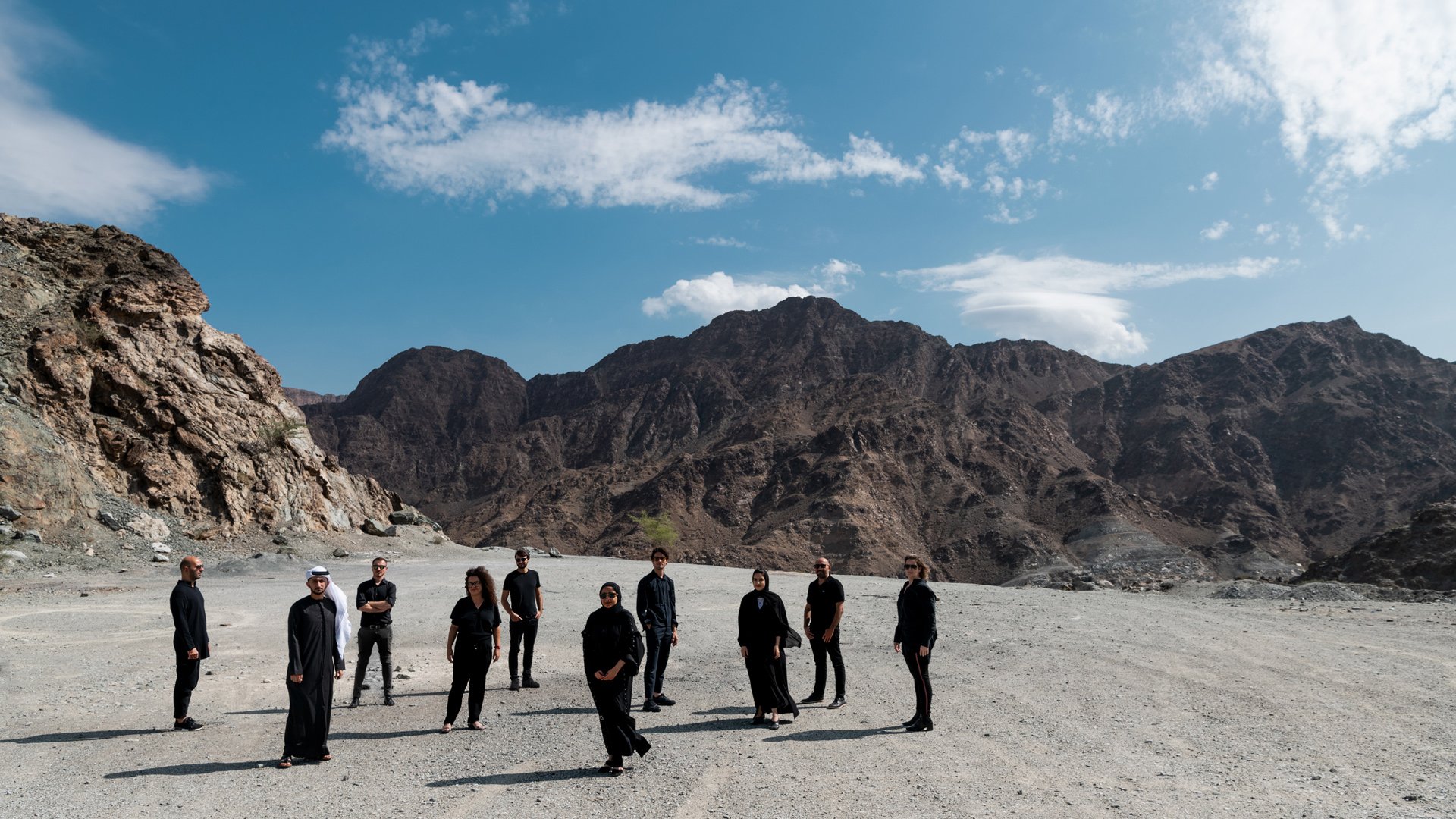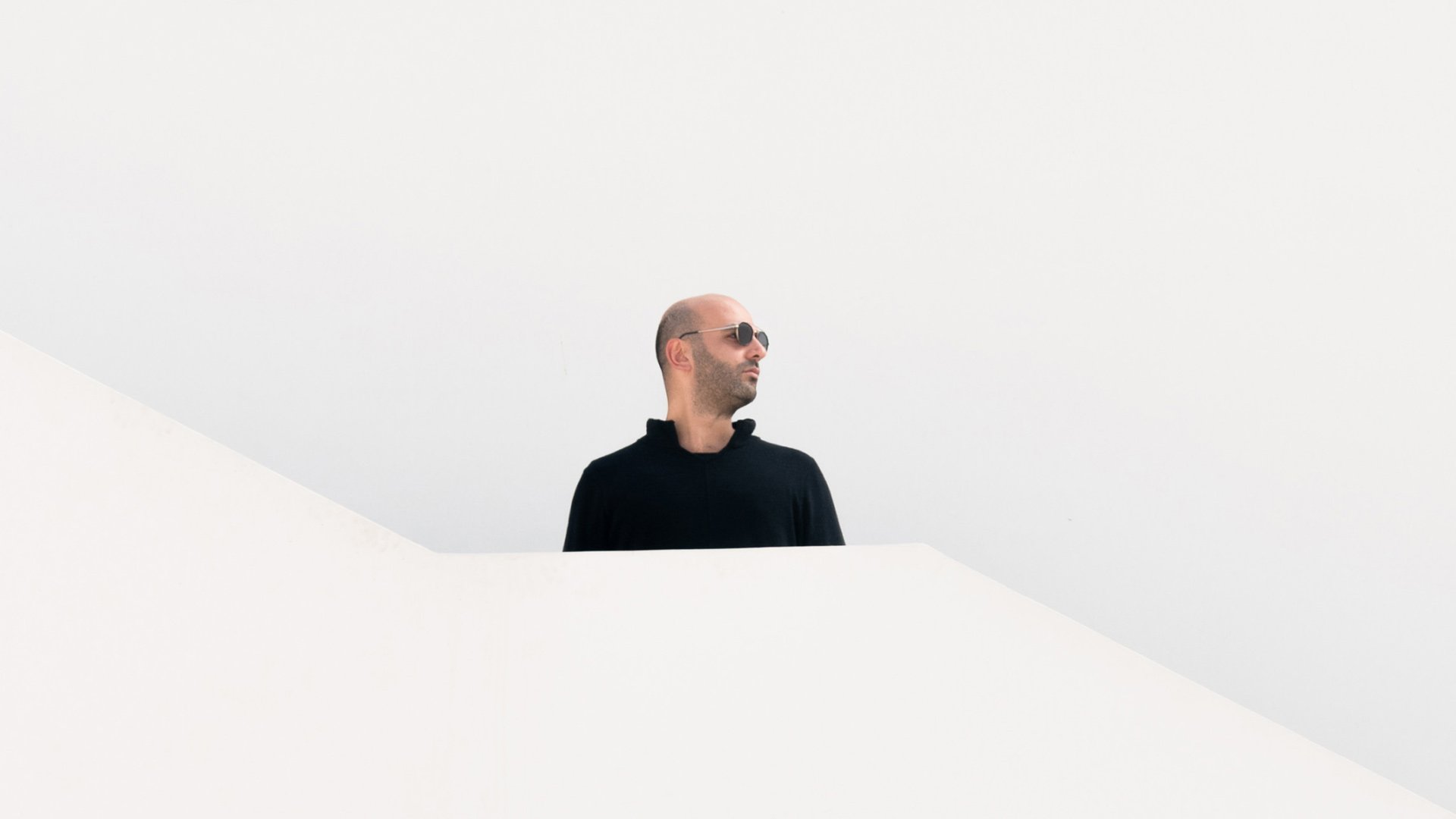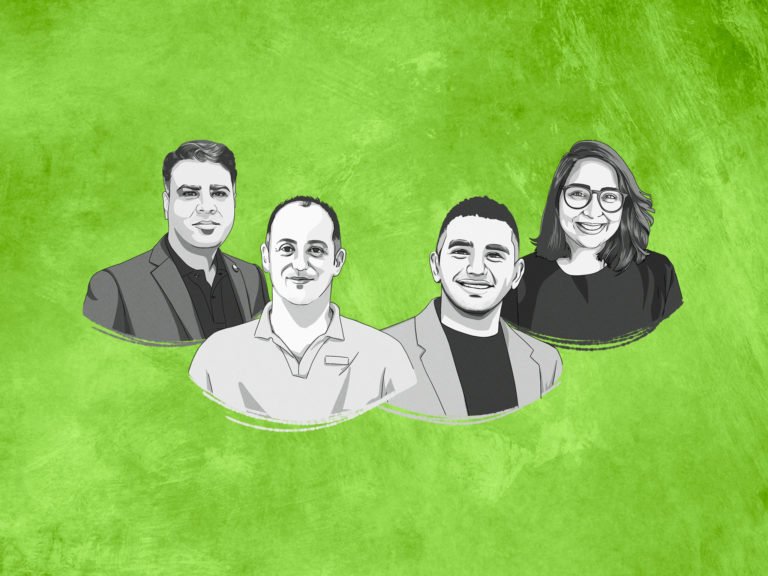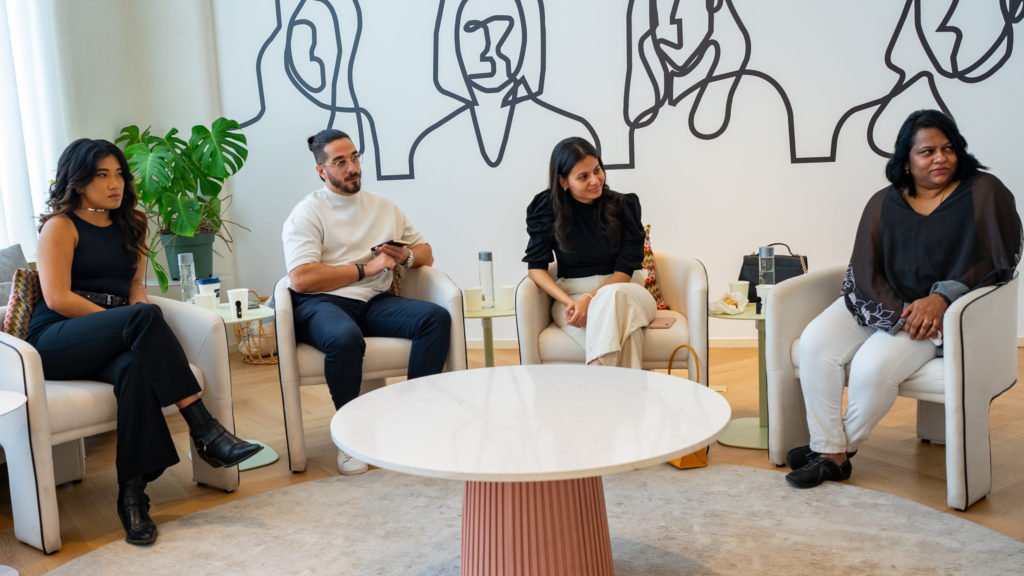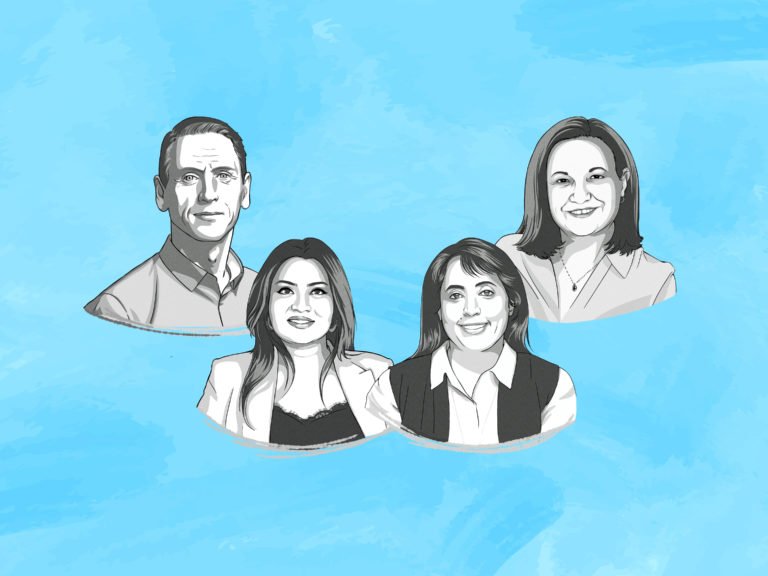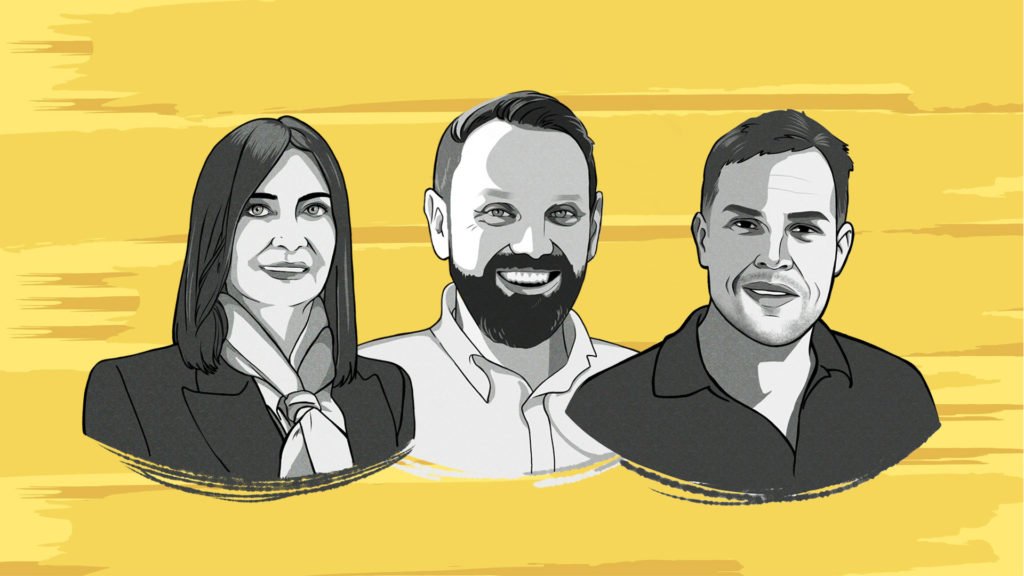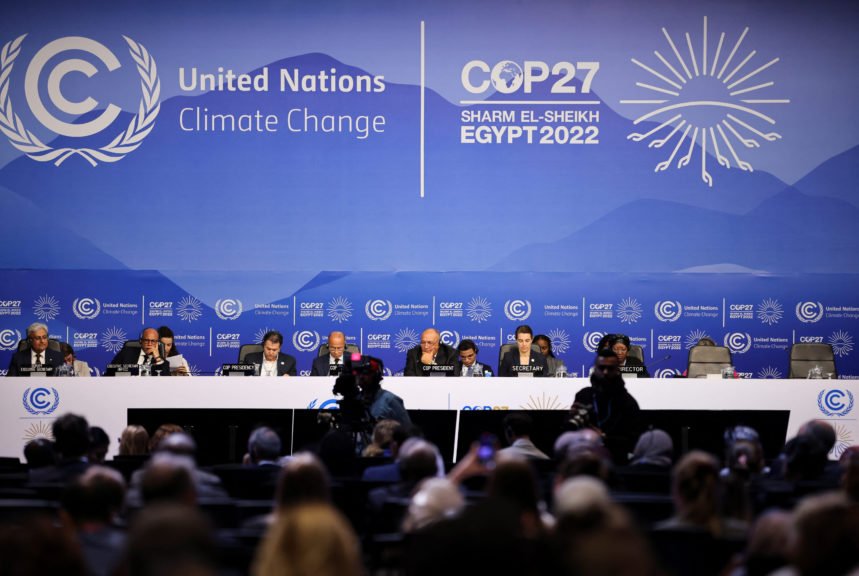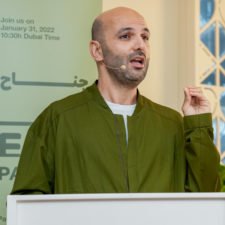
Samer Yamani is a design curator and creative director with expertise in contemporary crafts and design. He is Design Curator at MENASA, an Emirati Design Platform at EXPO 2020, that empowers and activates the design and crafts scene in the UAE, through design collaborations between local and international artisans and designers. He is also founder of Creative Dialogue, a creative consultancy based in Barcelona, where he curates design collections in collaboration with international institutions, brands and designers in more than 35 cities around the world, with a special focus on the Middle East.
A lot of people ask me how my journey to the EXPO started. How I often respond is by saying that EXPO 2020 is one of many stops on a journey that began a long time back. My interest in crafts, heritage, and culture has had interesting beginnings. Hopefully, the MENASA exhibit at EXPO 2020 provided a glimpse of that. Here is an overview of my background, my story so far, and what comes ahead.
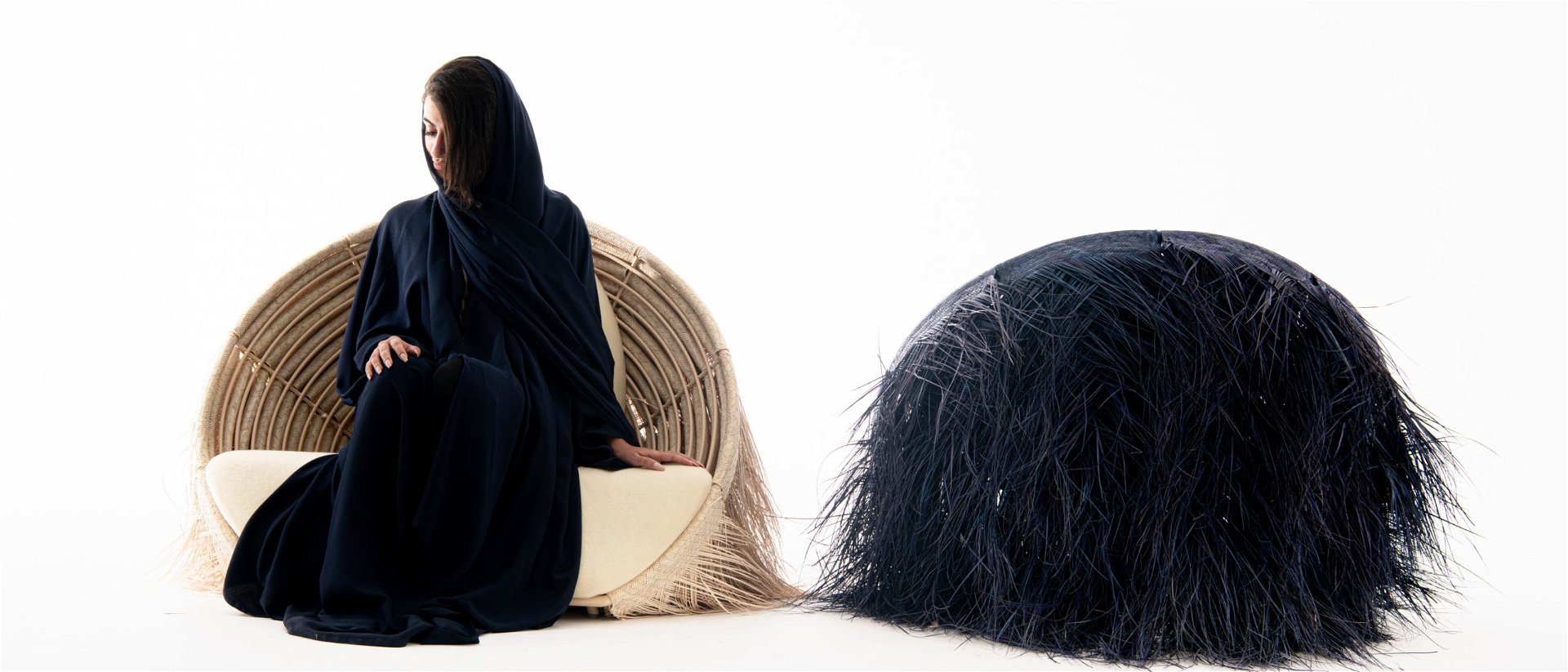
Launched in Italy in 2018, Crafts Dialogue aimed to create four limited-edition collections marrying the centuries-old Emirati crafts of Talli (intricate handwoven braids), Safeefah (palm-frond weaves), and pottery, with delicate Italian Murano glass, and fine Spanish leather in a way that each collection represents a cultural and artistic dialogue aiming to introduce these crafts in an innovative context and standards.
The Power of Craft
I believe craft has a special power. It’s a potent tool of communication for the local culture. A piece of craft can tell a thousand stories, and can summarise the story of hundreds of years of civilisation. A rug from Persia, for example, can tell you where it’s from, which year it was created, what patches have been used, what techniques, was it made by a man or a woman. Craft is the best way to introduce a nation because it tells a rich story.
Now add to this storytelling tool, the power of impact through contemporary design, through technology and sustainable materials, and you will amplify the strength of your work’s influence on society and the environment. We’re now in the golden era of craft. There’s a drastic change in the way things are being produced, and handmade or homemade items are becoming more and more dominant in the design scene. You see them as unique or limited edition pieces.
I come from a mixed background – I am Syrian Lebanese but born in Latin America. I later lived in Syria, followed by Spain. Roaming around the streets of Damascus as a young boy – a city that is a haven for artisans – I was exposed to all kinds of handicraft. I experienced craftsmen at work, and I studied with their kids at school. I was jealous of them because they had skills that I don’t have – cutting wood or putting mother of pearls inlay on jewellery. There was a magic to this. I think my passion started from there.
Studying design in Barcelona, amongst all the art and culture, you become more and more aware of languages, visual communication and references about design in general. Through my consultancy, I started working on a research program covering over 40 countries in the MENA region and across the world, meeting designers and artisans for research for workshops. I soon realised that the Middle East has a very rich culture of arts and crafts. Not only that, but we’re a region of stories. If craft has the power to tell a story, then craftsmen are the best storytellers. So why aren’t we using that in a contemporary way? There are so many stories to tell, and they can be told so well using regional crafts.
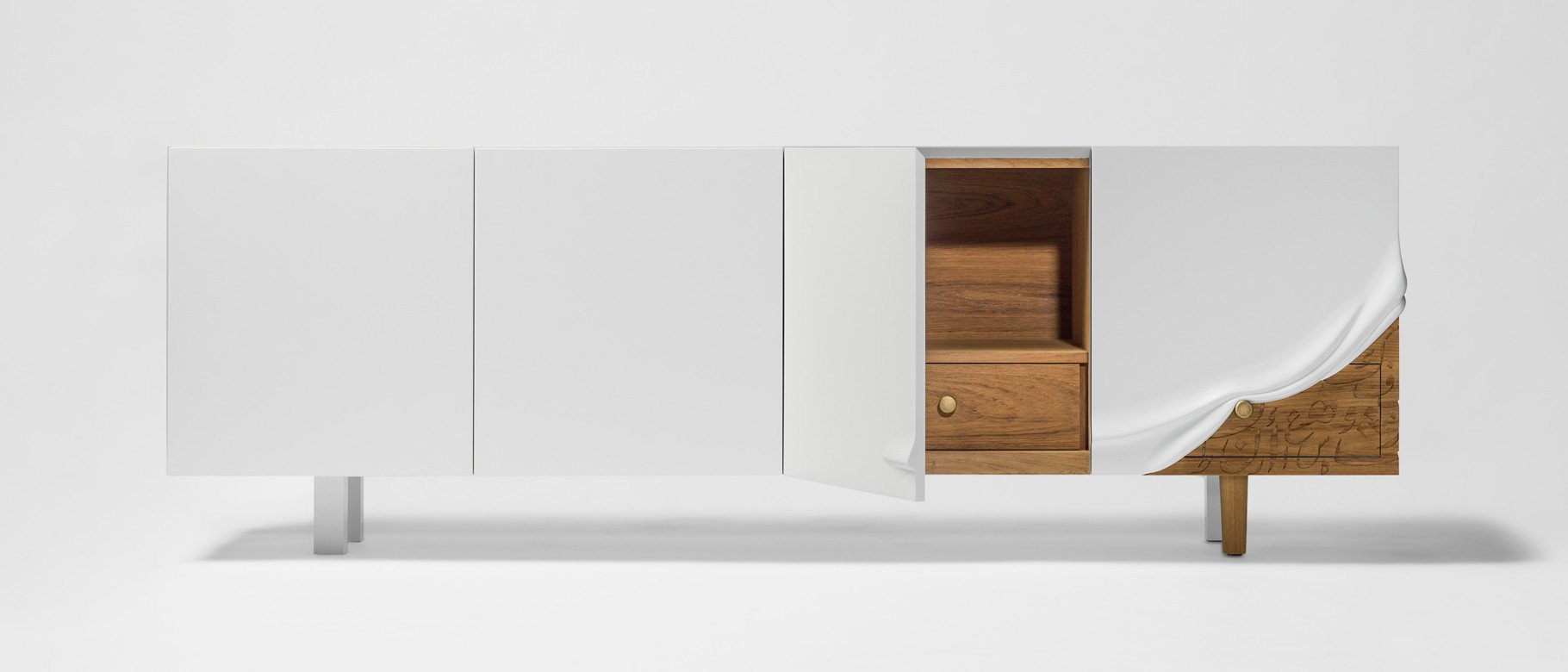
PostCraft Collection by BD Barcelona Design was the first collection by Designers from the Gulf region for the Spanish brand. Designers hailing from Kuwait, Qatar, Bahrain and Saudi Arabia were selected to create an exclusive and limited edition of Art and Design pieces.
MENASA and Post EXPO 2020
My goal and vision for the platform I’m curating is to create a collective voice for creative professions and craftsmen in the region. There are so many activities taking place across all the seven emirates, but there’s no consolidated platform. EXPO gave us the opportunity to be that collective voice for the design and craft sector, and the ecosystem in the UAE, where every single player is represented. We worked with beautiful and stunning collections through something called craft stories, where we’re telling the stories of the UAE through its craft and its people.
Now, after having participated in the biggest event of the year and the region on a massive platform, there is a need to keep this momentum going. I would like to see projects integrating and working with crafts in an experimental way. Open boundaries and doors for more collections to come. More collaborations with international creatives to explore this scene as well. I’m very interested in pushing the boundaries of diversity and craft in the scene in the region. A buyer in Europe may want to buy a Persian rug or an Italian Murano. But I want them to start looking at Emirati Kettles too! There’s a gap here, but I’m confident we can get there through similar initiatives and partnerships.
Nabata, Arabic for growth, is a luxury design collection of perfume bottles and tableware pieces by Emirati designer Hind Bint Majed Al Qasimi and founder of Designed by Hind. The collection is inspired by flowers found in the Emirati desert, and created using hand-blown glass bottles by Italian Murano, adorned with handmade flowers using Limoges Porcelain. No two pieces of this collection look exactly alike.
Why Is It Important to Preserve and Promote Crafts?
Crafts represent the identity of a nation, and the UAE is considered to be one of the fastest-growing nations in the world. Contemporary Emirati crafts form a social and national identity. Additionally, this region isn’t active in the international design scene. Yet, it’s very appealing because it’s fresh and new. We’ve been received well when presenting on an international stage, which means we’re fully capable of engaging a diverse and international audience. It’s very important to use craft as an ambassador of our national identity, to promote contemporary Emirati identity, which actually forms a part of the national strategy of promoting the UAE’s creative identity through cultural diplomacy. There’s a need in the design world for local designers to be distinguished among others, and equally important to give business to these organisations and craftsmen, thus presenting the Emirati identity in a contemporary way, and reserving their place in the international design map.
Dreaming of a future full of beautiful stories
A dream of mine, stemming from my roots in a country with a history of conflict, is to find a way to collaborate with others that are in a conflict zone, where they can protect or help to protect or to document what’s happening there. If we can track these artisans and give them more opportunities, even if they are in a refugee camp, that would be huge. Human life is the most valuable thing, but close after is their knowledge and their history. I want the design community to stand by people from these harsh backgrounds, and to help protect their craft. Let’s look after these people who are the source of these stories. The artisans and this region have a lot to offer, a lot of stories to tell, and a lot of material to explore. I believe that we are all living in one big community and that we can work and innovate together for a better world.
